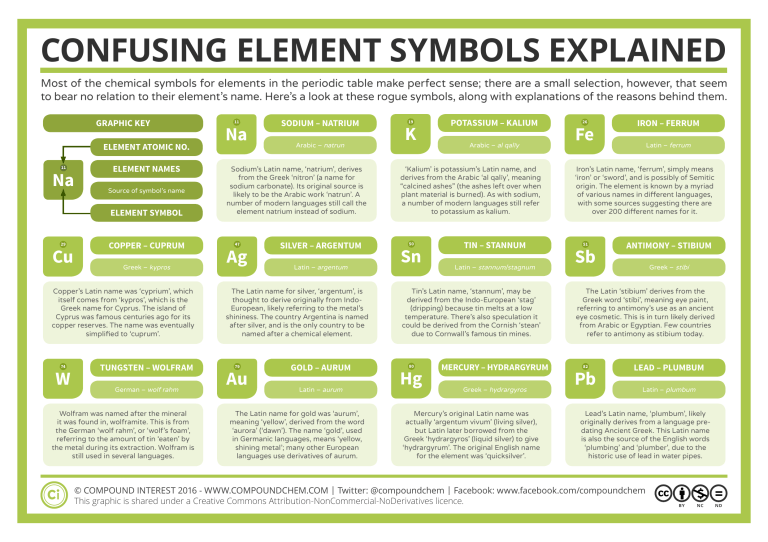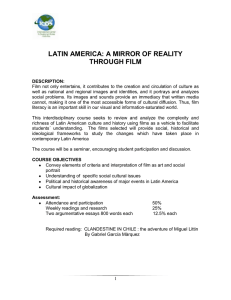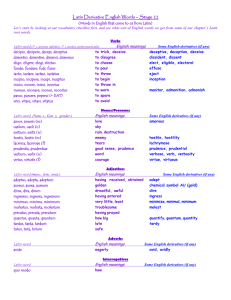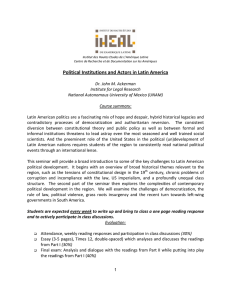
CONFUSING ELEMENT SYMBOLS EXPLAINED Most of the chemical symbols for elements in the periodic table make perfect sense; there are a small selection, however, that seem to bear no relation to their element’s name. Here’s a look at these rogue symbols, along with explanations of the reasons behind them. GRAPHIC KEY ELEMENT ATOMIC NO. 11 Na ELEMENT NAMES Source of symbol’s name ELEMENT SYMBOL 29 Cu COPPER – CUPRUM Greek – kypros Copper’s Latin name was ‘cyprium’, which itself comes from ‘kypros’, which is the Greek name for Cyprus. The island of Cyprus was famous centuries ago for its copper reserves. The name was eventually simplified to ‘cuprum’. 74 W TUNGSTEN – WOLFRAM German – wolf rahm Wolfram was named after the mineral it was found in, wolframite. This is from the German ‘wolf rahm’, or ‘wolf’s foam’, referring to the amount of tin ‘eaten’ by the metal during its extraction. Wolfram is still used in several languages. C 11 Na SODIUM – NATRIUM Arabic – natrun Sodium’s Latin name, ‘natrium’, derives from the Greek ‘nítron’ (a name for sodium carbonate). Its original source is likely to be the Arabic work ‘natrun’. A number of modern languages still call the element natrium instead of sodium. 47 Ag SILVER – ARGENTUM Latin – argentum The Latin name for silver, ‘argentum’, is thought to derive originally from IndoEuropean, likely referring to the metal’s shininess. The country Argentina is named after silver, and is the only country to be named after a chemical element. 79 Au GOLD – AURUM Latin – aurum The Latin name for gold was ‘aurum’, meaning ‘yellow’, derived from the word ‘aurora’ (‘dawn’). The name ‘gold’, used in Germanic languages, means ‘yellow, shining metal’; many other European languages use derivatives of aurum. 19 K POTASSIUM – KALIUM Arabic – al qalīy ‘Kalium’ is potassium’s Latin name, and derives from the Arabic ‘al qalīy’, meaning “calcined ashes” (the ashes left over when plant material is burned). As with sodium, a number of modern languages still refer to potassium as kalium. 50 Sn TIN – STANNUM Latin – stannum/stagnum Tin’s Latin name, ‘stannum’, may be derived from the Indo-European ‘stag’ (dripping) because tin melts at a low temperature. There’s also speculation it could be derived from the Cornish ‘stean’ due to Cornwall’s famous tin mines. 80 Hg MERCURY – HYDRARGYRUM Greek – hydrargyros Mercury’s original Latin name was actually ‘argentum vivum’ (living silver), but Latin later borrowed from the Greek ‘hydrargyros’ (liquid silver) to give ‘hydrargyrum’. The original English name for the element was ‘quicksilver’. 26 Fe IRON – FERRUM Latin – ferrum Iron’s Latin name, ‘ferrum’, simply means ‘iron’ or ‘sword’, and is possibly of Semitic origin. The element is known by a myriad of various names in different languages, with some sources suggesting there are over 200 different names for it. 51 Sb ANTIMONY – STIBIUM Greek – stíbi The Latin ‘stibium’ derives from the Greek word ‘stíbi’, meaning eye paint, referring to antimony’s use as an ancient eye cosmetic. This is in turn likely derived from Arabic or Egyptian. Few countries refer to antimony as stibium today. 82 Pb LEAD – PLUMBUM Latin – plumbum Lead’s Latin name, ‘plumbum’, likely originally derives from a language predating Ancient Greek. This Latin name is also the source of the English words ‘plumbing’ and ‘plumber’, due to the historic use of lead in water pipes. © COMPOUND INTEREST 2016 - WWW.COMPOUNDCHEM.COM | Twitter: @compoundchem | Facebook: www.facebook.com/compoundchem This graphic is shared under a Creative Commons Attribution-NonCommercial-NoDerivatives licence. BY NC ND









